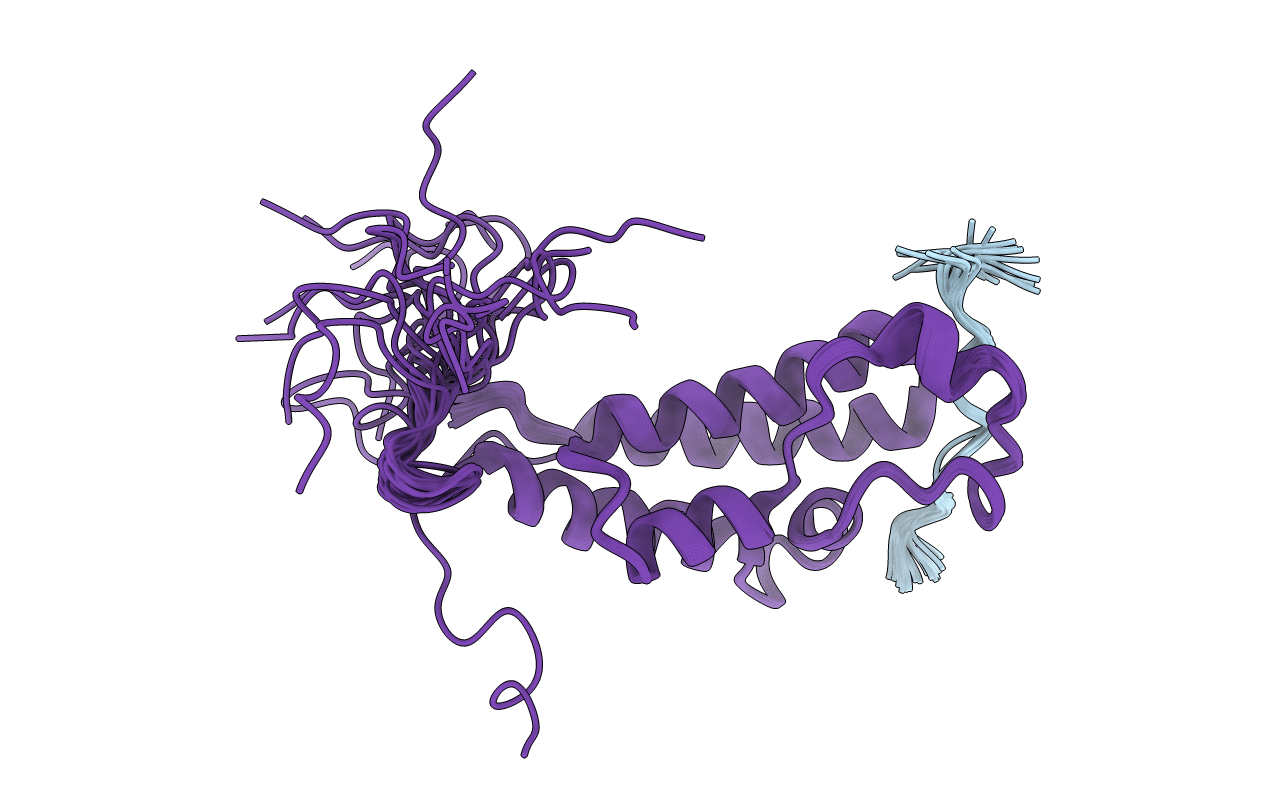
Deposition Date
2014-01-16
Release Date
2014-03-19
Last Version Date
2024-11-27
Entry Detail
PDB ID:
2MJV
Keywords:
Title:
Solution structures of second bromodomain of Brd4 with di-acetylated Twist peptide
Biological Source:
Source Organism:
Homo sapiens (Taxon ID: 9606)
Method Details:
Experimental Method:
Conformers Calculated:
200
Conformers Submitted:
20
Selection Criteria:
structures with the lowest energy


